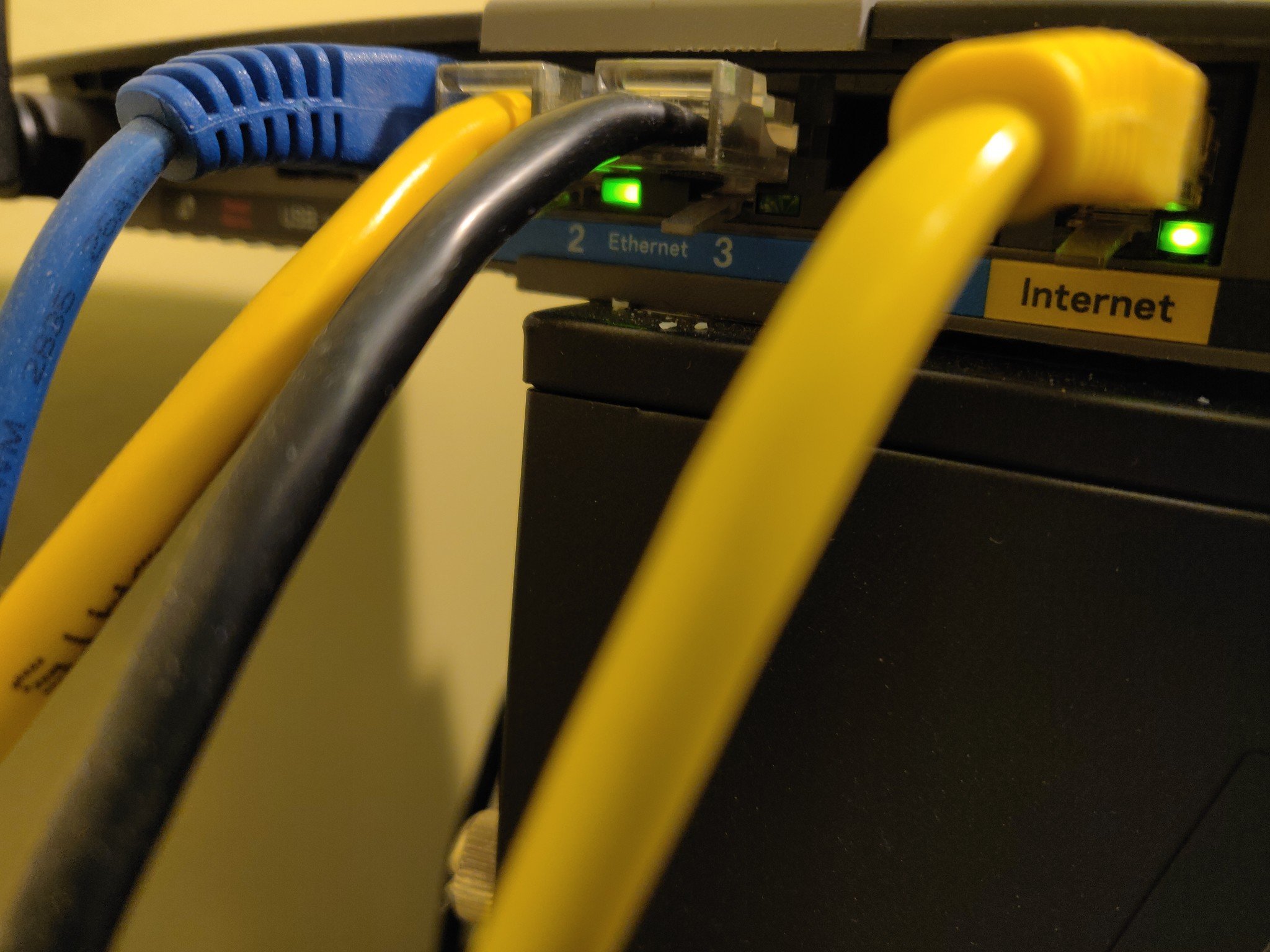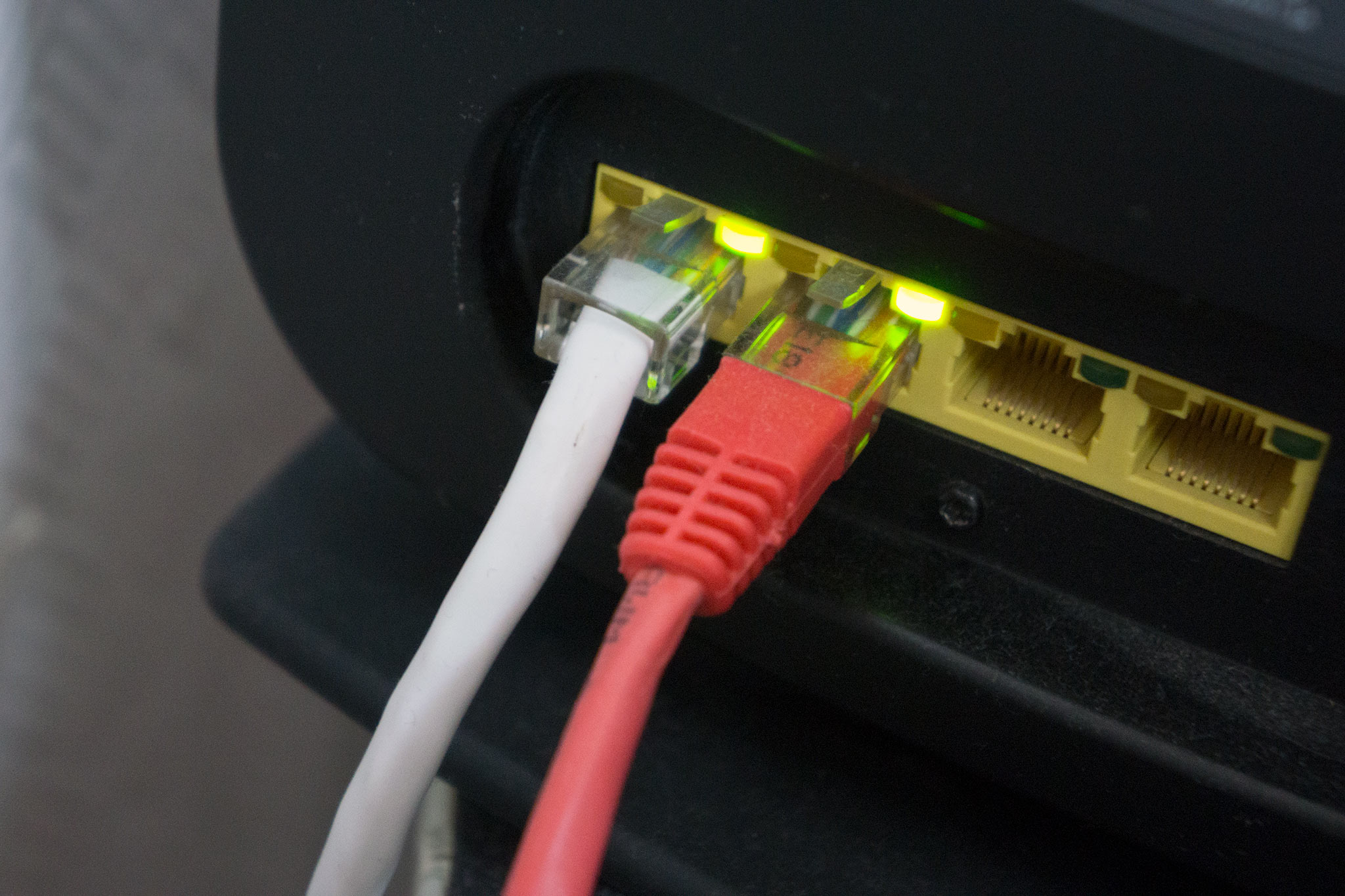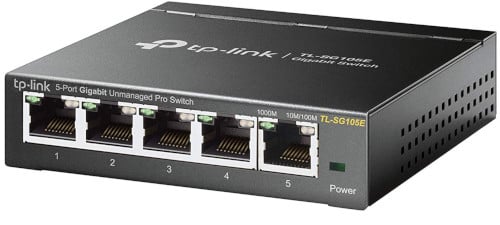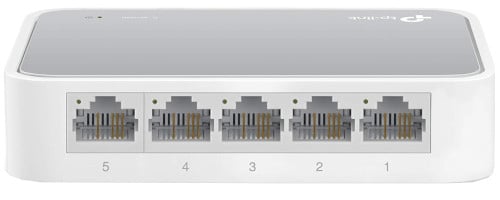Do you need a network switch?

Do you need a network switch?
What is a switch?
A network switch is a simple device that houses a set number of Ethernet ports. These can be used to connect many devices with RJ45 ports. Your PC, TV, printer, consoles and other smart devices will more than likely have an Ethernet port that can be used to create a more stable connection. While Wi-Fi has come a long way over the past decade, it still doesn't beat a wired connection. Should you be happy with the wireless performance of your router, a switch probably isn't for you.
Network switches are designed for homeowners or the office to create physically connected networks. A switch will take control over traffic management and provide some advanced network features that your ISP supplied router may lack, further enhancing performance. There are two types of switches on the market: managed and unmanaged. The former is for advanced users who know what they're doing and need to fine-tune settings on the switch for the network. An unmanaged switch is the better option for home-owners since it'll largely handle everything with little to no human input.
Do you need a switch?

Should you desire to create a home network using Ethernet cabling, your router will likely not have enough physical ports, which is where a switch comes into play. What these devices can do is take the burden off your router (or access point) and provide far more connection points for devices. The switch manages traffic, ensures data goes to and from each device without delay, and opens up new scenarios for technology to be deployed.
Say you have an Xbox console and smart TV in the living room, both with Ethernet ports. Your router is in another room and only the Xbox has access to the outside world using Wi-Fi. You have a PC and NAS unit installed in the same room as the router, both hooked up via Ethernet and you primarily watch Plex media from your NAS on the console. You could install a network switch in the living room with a single Ethernet cable running to the router.
This switch could provide internet access to the TV and console with no latency or reliability bumps that may be present with home Wi-Fi. Furthermore, this would allow for the NAS to be connected to the TV, which could then stream content directly without needing to have the Xbox console turned on. Having more devices on a physical connection frees up the Wi-Fi bandwidth for portable devices like your smartphone, tablets, and laptops.
The only drawback to running an Ethernet cable between rooms is you'll need to try and pin it to the wall or lower skirting board, which could prove to be a nuisance depending on the floorplan of your property. This could be overlooked by the improved network performance of streaming 4K content to the big screen.
Choosing the right switch
Switches themselves can be used in the home, a small office, or at a location where multiple machines need to be hooked up. There are two basic kinds of switches, managed and unmanaged, and which is best for you depends on your requirements and how knowledgeable you are with networks. We've rounded up some of the best managed and unmanaged switches available today, but you can take a look below at some quick options.
Get the Windows Central Newsletter
All the latest news, reviews, and guides for Windows and Xbox diehards.

Great for building your own network
This five-port Gigabit managed TP-Link switch is ideal for a small office setup or in the home for connecting gaming hardware and media servers. The small unit houses some serious features usually found in more expensive switches like diagnostics, QoS, and more despite the budget price.

When you don't need Gigabit performance
There's a reason this TP-Link "splitter" only costs $8 and that's because these are 100Mb/s ports and not Gigabit (1,000Mb/s) so you're not getting super-fast local network speeds. But if you don't require more than 100Mb/s then this is a great little switch to get started with.

Rich Edmonds was formerly a Senior Editor of PC hardware at Windows Central, covering everything related to PC components and NAS. He's been involved in technology for more than a decade and knows a thing or two about the magic inside a PC chassis. You can follow him on Twitter at @RichEdmonds.
